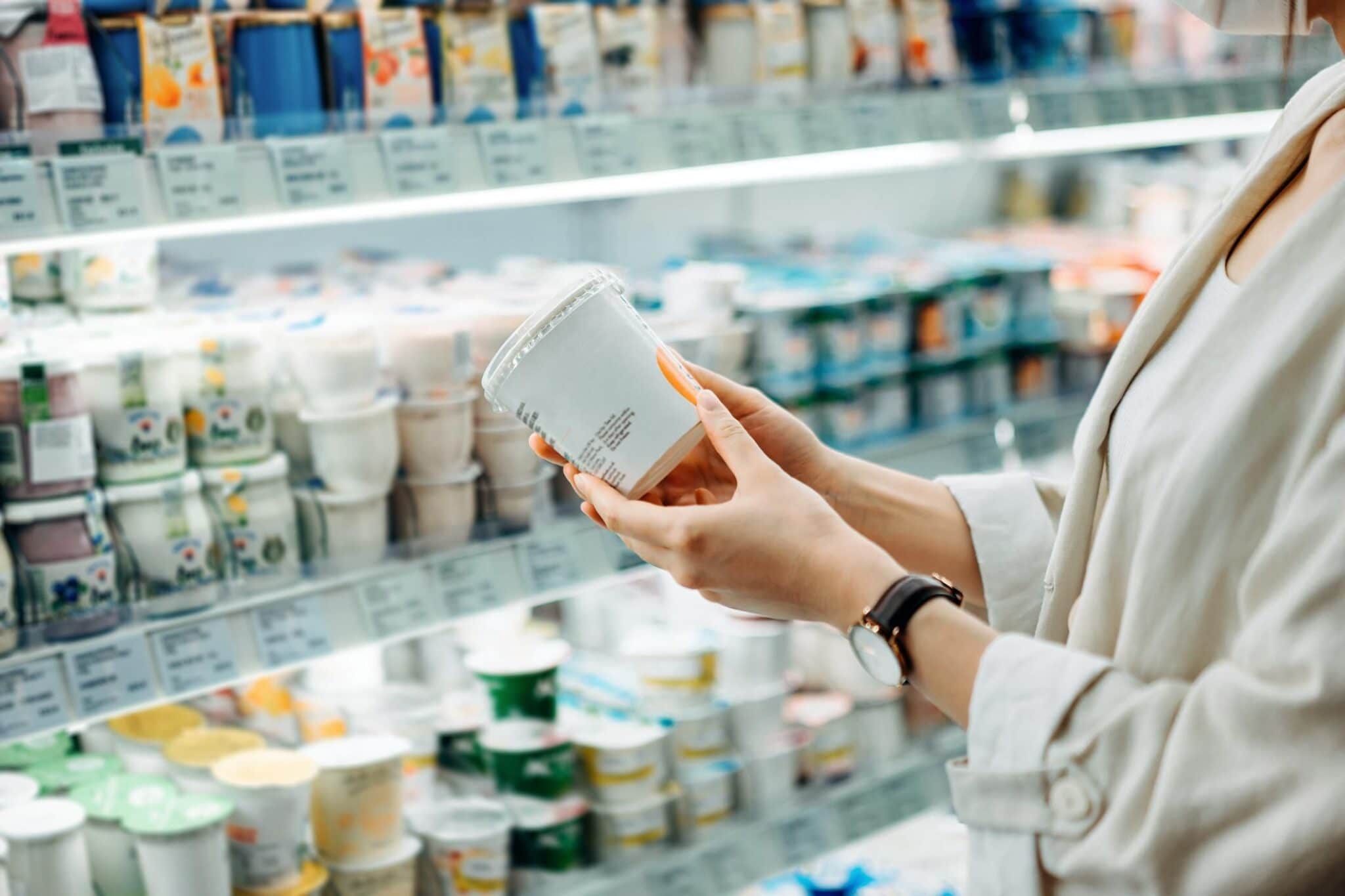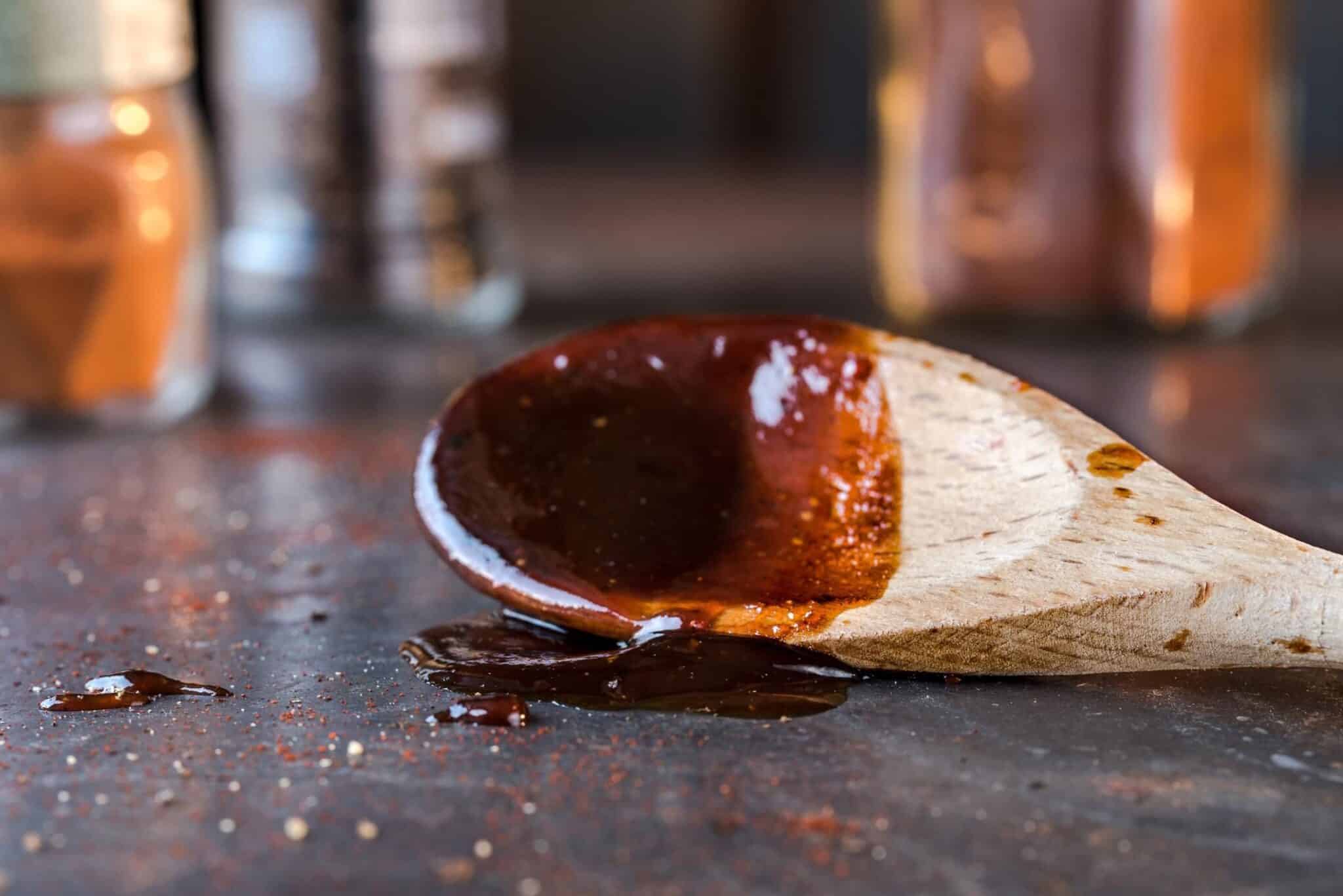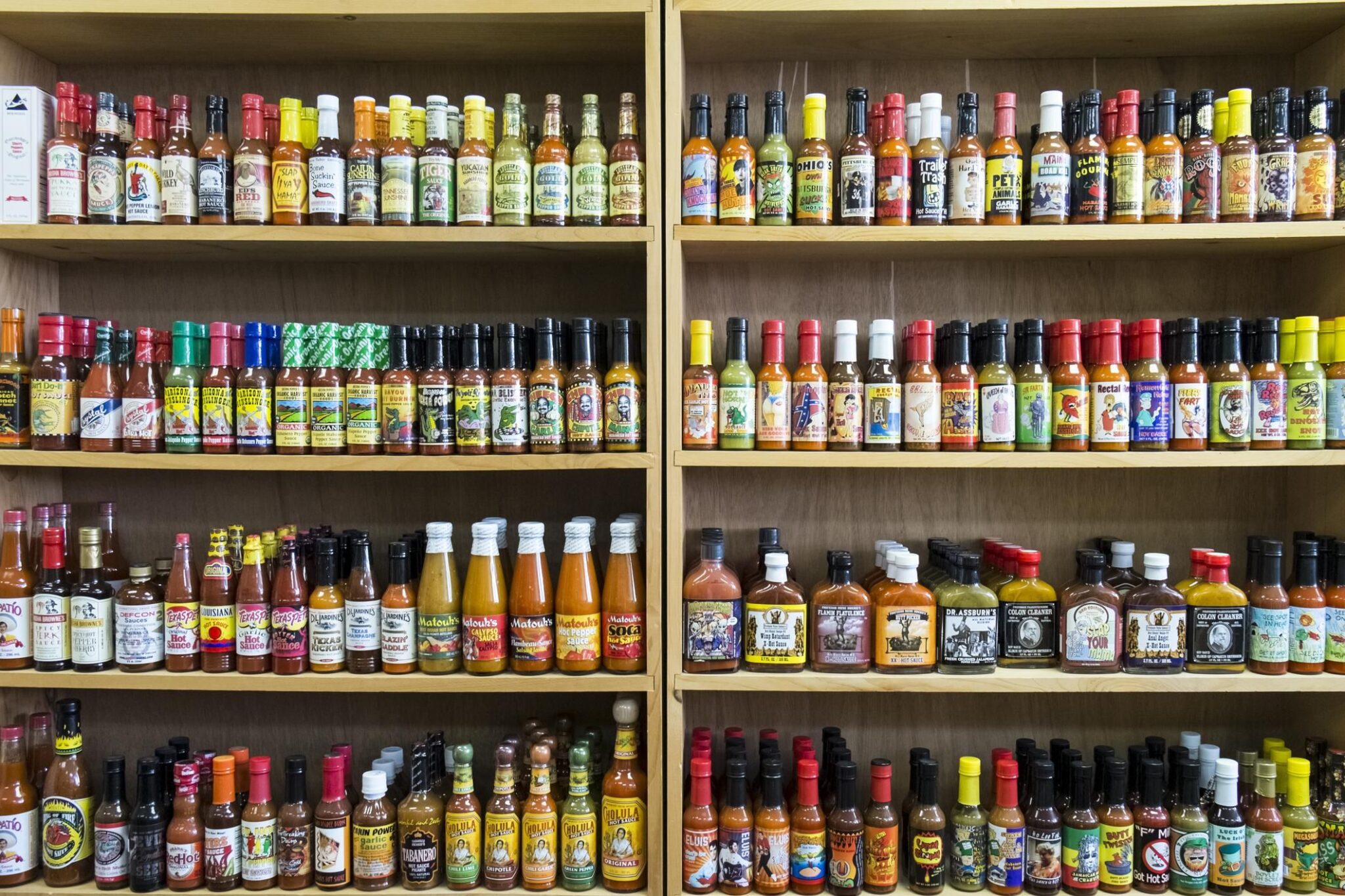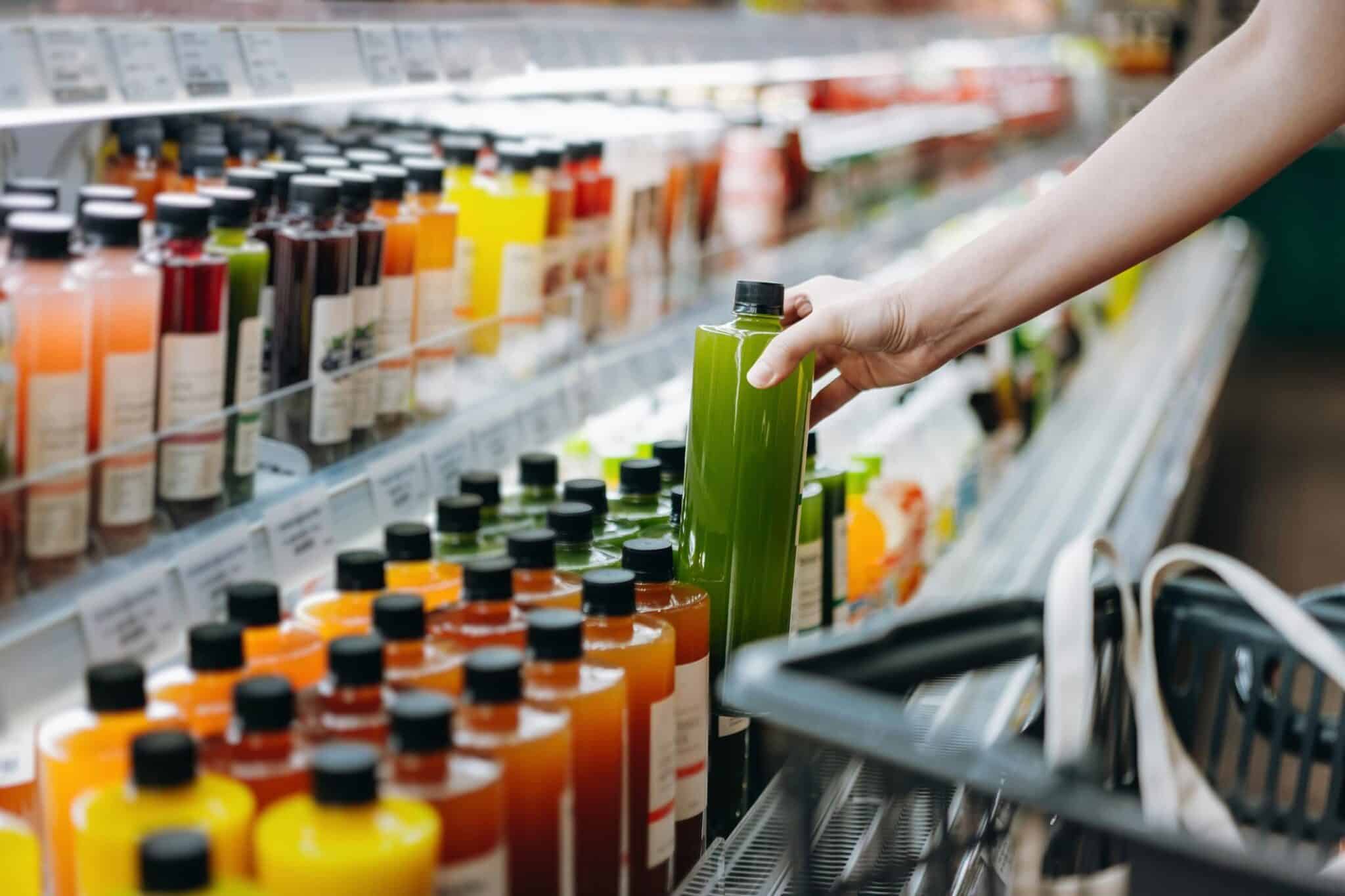
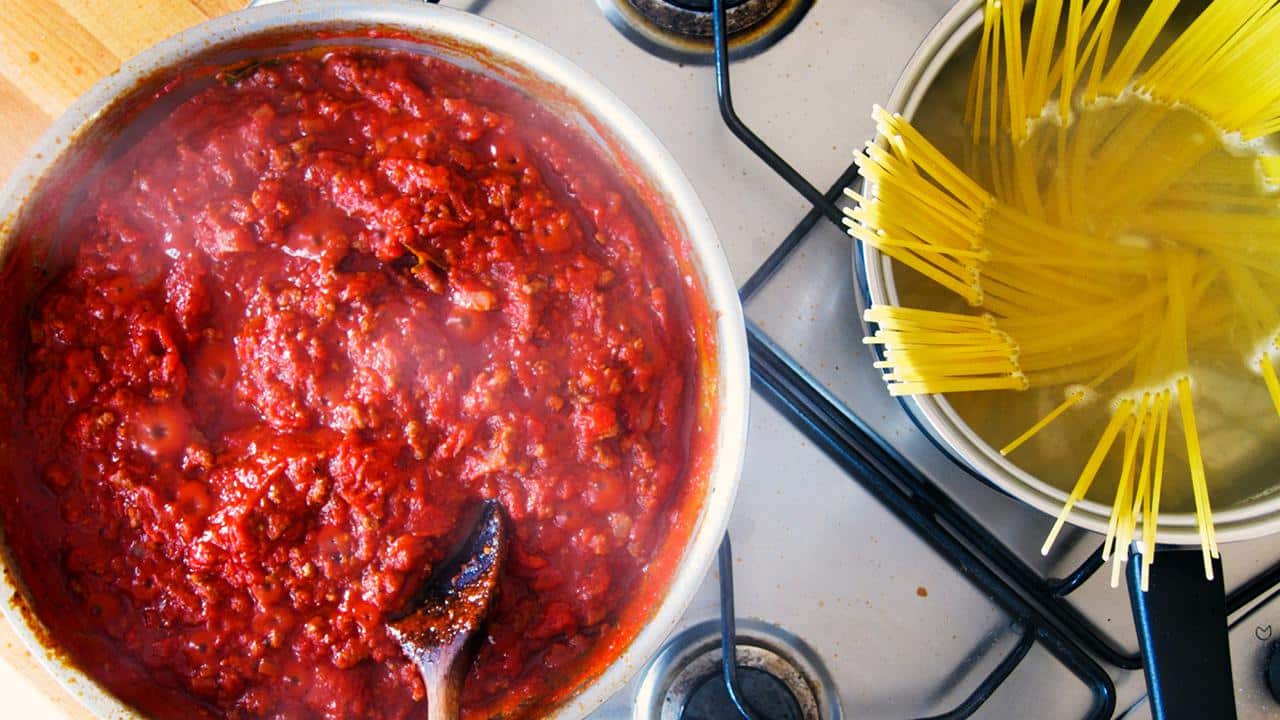
You put the donut down, saved the candy for your kids, and even substituted yogurt for ice cream, but you’re not off the hook yet. Even when trying to be conscientious about sugar, the average American consumes three times the amount recommended by the American Heart Association daily. With women not supposed to have more than six teaspoons a day and men not more than 12, according to the World Health Organization, even health-conscious, all-natural, well-rounded diets can contain hidden sugars.
What’s wrong with sugar? Studies show it can increase the risk of obesity, heart disease, type 2 diabetes and cancer. And, actually, humans don’t need any added sugar at all.
You might think you aren’t adding sugar, but so many processed foods, some of which are not even sweet, account for 90 percent of that added sugar, and they creep up on people. Not to mention, even foods with natural sugars can put us over the edge.
Here are the top 9 foods with sugar levels that will surprise you.
1. Yogurt
d3sign / Moment / Getty Images
In people’s quest for healthy diets, regular yogurt has taken a tumble in popularity when compared to low-fat options. But when yogurt loses its fat content, its flavor goes, too. To get some of that yummy goodness back, more sugar is added, up to 11 teaspoons’ worth in just one cup. Not only that, but low-fat yogurt doesn’t have the same health benefits as full fat.
And fruit-flavored yogurt? Forget it. Stick with full fat, natural or Greek yogurt and add your own fruit, nuts, or even honey, for a healthier snack.
2. Granola and Protein Bars
We’ve all heard of crunchy granola heads, the loving or not-so-loving nickname for super all-natural health aficionados. Turns out, though, that granola itself is high in calorie count and high in sugar. Because the oats in granola have been mixed in a nut-and-honey mixture, a half-cup of the stuff will run you 400-500 calories and up to seven teaspoons of sugar.
Protein bars are no better, although they’ve been touted as health foods for years. Most contain upwards of five teaspoons’ worth of sugar. That’s up there with candy bars. Granola bars are the same, and don’t even have the protein boost, so be wary.
3. Ketchup and Barbecue Sauce
Michelle Arnold / EyeEm / Getty Images
Slathering on the condiments may seem like a harmless and tasty dietary choice, but many sauces and additives have high sugar counts. Just two tablespoons of BBQ sauce has a sugar content of more than two teaspoons. One-third of its weight is pure sugar.
Ketchup, too, is full of sugar. Each tablespoon of ketchup includes one teaspoon of sugar, so use sparingly.
4. Sports Drinks
We consider sports drinks a healthy alternative to soda, or even water with an extra kick of electrolytes, but these drinks are laden with sugar — on purpose! Meant to hydrate athletes during intense bouts of exercise, these drinks use sugar to balance that energy loss. In fact, one bottle of the stuff contains almost 10 teaspoons of sugar. These drinks have also been linked to obesity and metabolic disease, so unless you are training athletically for hours a day, pass on the electrolyte-marketed drink and go with water.
5. Smoothies
Another health trend, smoothies made by yourself with fresh fruit and unsweetened ingredients can give you a lot of the nutrients you’ll need throughout the day. But pre-made smoothies that you grab and go from the grocery store often contain huge amounts of sugar through syrups, fruit juice, or even ice cream. A single bottle could gain you almost 14 teaspoons of sugar.
6. Sauce
Julien McRoberts / Getty Images
Tomatoes are a natural source of sugar, so most spaghetti sauce contains it, even though we don’t consider sauce sweet. Many sauces have added sugar as well. The best way to cut out the unwanted sugar in your sauce is to make your own, but who has time for that? If you’re buying off the shelves, just make sure to check the label for the ingredients. If sugar is not listed or is listed near the bottom, it’s not a major ingredient.
7. Canned Soup
Hearty soups are hardly thought of as sugary sweet, but if you get your soup from a can, you’re looking at a lot of added sugar, though it takes different forms. If the ingredients list has dextrose, maltose, high fructose corn syrup, barley malt or sucrose, the additives involved are adding sugar to your diet.
Soup made from scratch can be a healthy alternative, and it’s not that hard to do. Next time you have a hankering, or even if you want a large meal you can freeze, boil some water and add your own fresh veggies, meats and seasonings, and you’ll have yourself a sugarless treat.
8. Salad Dressing
What could be healthier than salad, right? But if you partake in store-bought dressing, you could be adding volumes to your sugar intake. Light and fat-free dressings are the biggest culprits. Instead, try using olive oil and vinegar that you mix at home. Hummus, lime juice, and even pureed berries make for great substitutes with less added sugar, as well.
9. Fruit Juices
d3sign / Moment / Getty Images
Fruit juice has a lot of vitamins and minerals, but unlike the whole fruit, it lacks fiber and sometimes manufacturers add even more sugar to the mix. Even without added sugar, studies show fruit juice may be linked to the same poor health outcomes as soda. Research states that whole fruits lower the risk of type 2 diabetes, and fruit juices can’t claim that.
Takeaway
The average American eats 22 teaspoons of added sugar a day, which leads to increased risk of cardiovascular disease. It can even change your blood by increasing triglycerides and decreasing good cholesterol. If you’re smart about the labels, you can stay on top of it. Look for ingredients that have syrup or sugar in the name or end in “ose” and avoid them.
At home, you can add spices like cinnamon or nutmeg to give that meal a little kick without the sugar overload. Remember, you don’t have to give up your favorite foods if you read those labels and choose all-natural foods.
Darlena Cunha is a freelance writer and a professor at the University of Florida, with degrees in communications and ecology.

 233k
233k  41k
41k  Subscribe
Subscribe 
